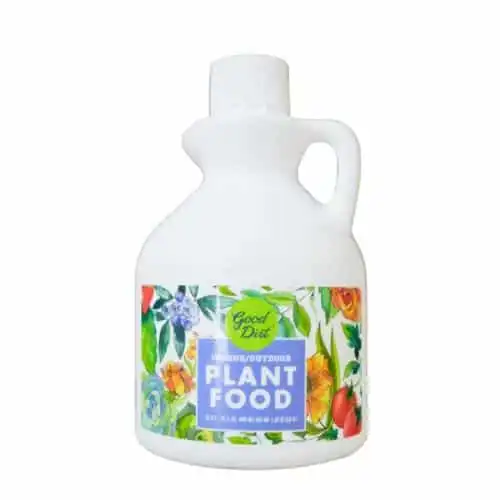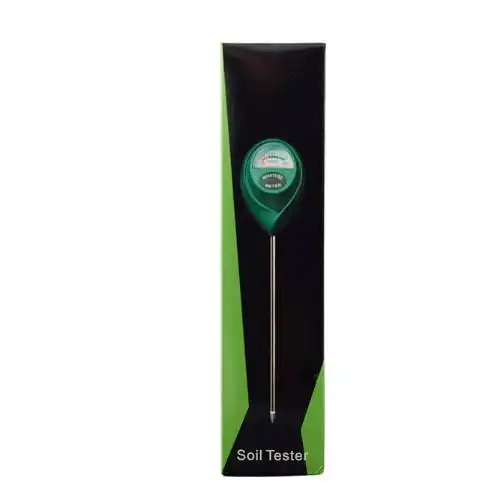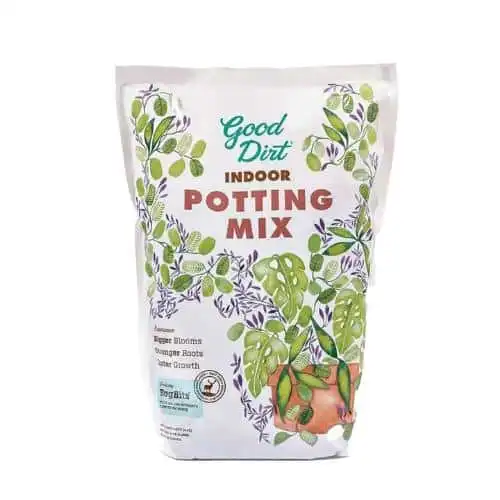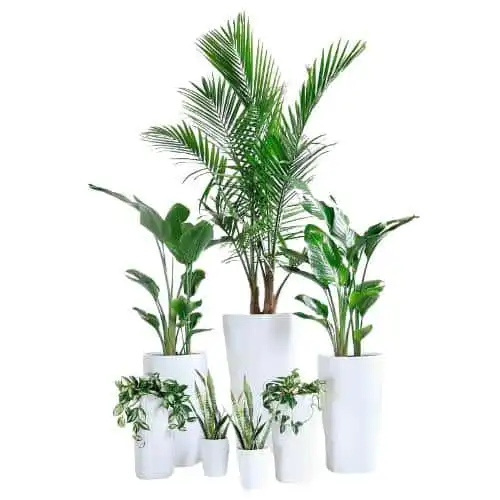Indoor plants are a wonderful addition to any home, but keeping them alive and healthy can be a challenging task. One of the most common mistakes made by new plant owners is overwatering or under-watering, which can cause stunted growth or even death.
Fortunately, there is a tool that can help you avoid these issues and become a more confident plant parent – a soil moisture meter!
A soil moisture meter is a simple and affordable device that can be a game-changer for your houseplants. In this blog post, we will discuss the importance of soil moisture meters for houseplant beginners, how to use them, and their benefits.
Why use a soil moisture meter for houseplants?
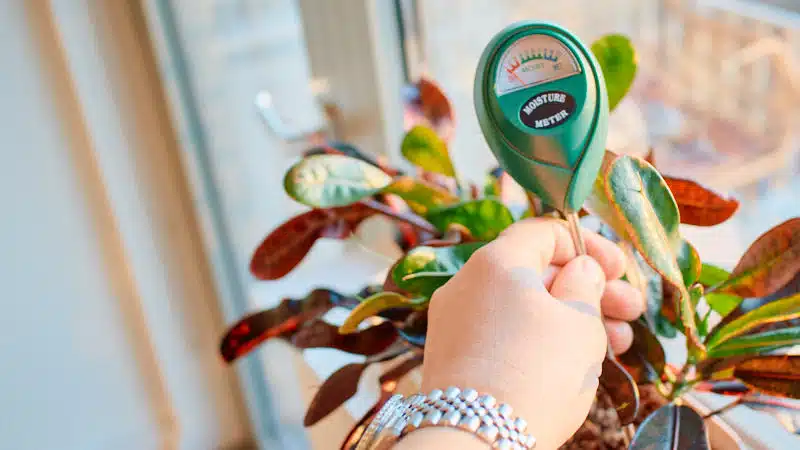
As mentioned earlier, overwatering and underwatering are common mistakes made by new plant owners. A soil moisture meter takes the guesswork out of watering, helping you to determine when it’s time to water and when it’s not. This prevents the plant from suffering from waterlogged soil or drying out completely, which can lead to stunted growth or even death.
How to use a soil moisture meter for houseplants?
Using a soil moisture meter is an easy way to make sure your houseplants are getting the right amount of water.
Testing Frequency
We recommend testing the soil with the soil moisture meter every 7 – 10 days. Testing frequency depends on the size of your plant. Smaller plants need to be tested more frequently as the soil in smaller pots dries out faster.
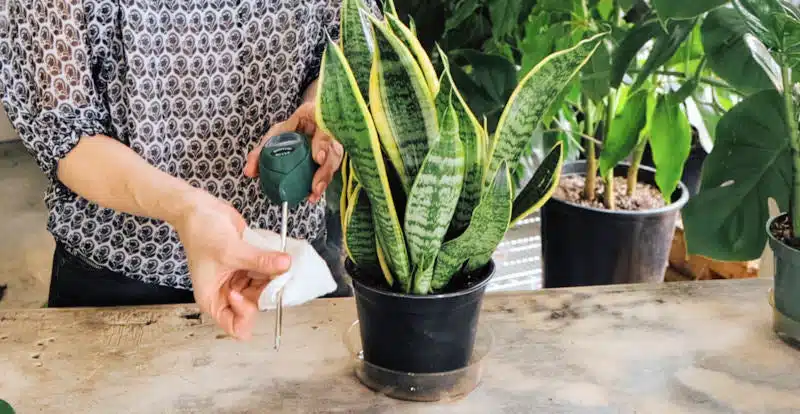
IMPORTANT: DO NOT keep the meter in the soil. Use it only to test the soil, clean it after each use and put it aside.
How to use a soil moisture meter for houseplants BEFORE watering to avoid over or under-watering issues:
STEP 1 – Insert the probe into the soil
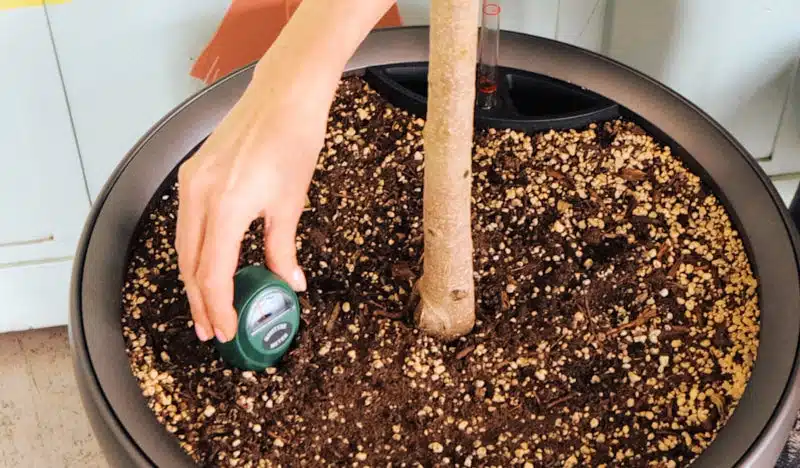
Insert the probe of the soil moisture meter into the soil as deep as you can around the plant in a few spots, close to the plant’s stems, and without hitting the bottom of the pot. Wipe it clean before testing each spot.
STEP 2 – Read the moisture levels on the gauge
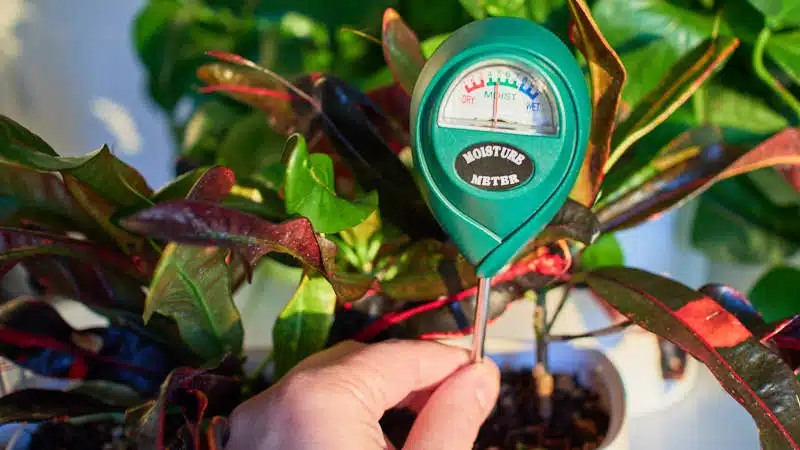
The moisture levels are indicated by a gauge on the soil moisture meter. It usually ranges from dry to wet or from 1 to 10, depending on the type of moisture meter.
STEP 3 – Interpret the results
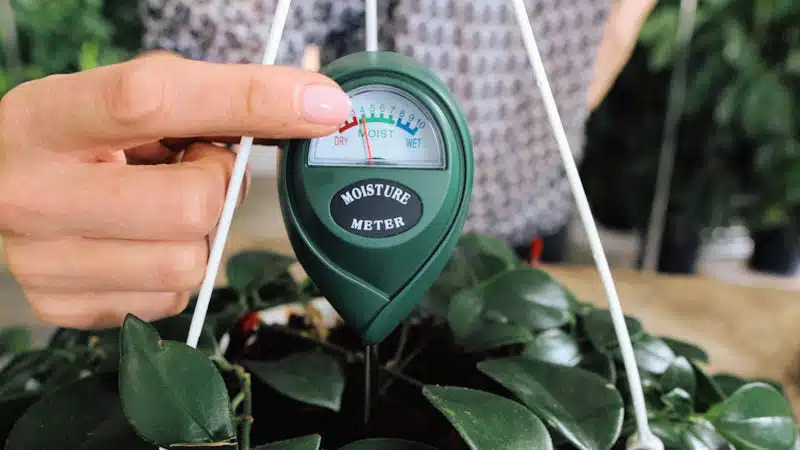
Moisture-loving plants like Bird of Paradise or Palms should be watered when the soil is slightly moist still, whereas plants like Snake plants, ZZ plants, and Succulents need to be watered when the soil is completely dry.
Learn about your plant watering preference and, if the meter reading is in the suggested moisture level for your plant type, or below, water the plant. If the reading is above the suggested moisture level, wait for a few more days and test the soil again.
If one side of a plant is dry but another is still wet, water a little just the dry side.
AFTER watering meter readings should go up to the 8-10 zone.
Here is the soil moisture meter chart for common houseplants

NOTE: this chart of recommended soil moisture zones for common houseplants is made and updated by our professional plant care specialists with decades of plant care experience here in New York.
How to use the soil moisture meter AFTER watering to make sure you use enough water, your plant is watered well and water has reached lower roots.
- After you water your plant, wait for 15-20minutes and check the soil.
- Stick the meter probe in the soil as deep as possible without hitting the bottom of the pot.
- If the meter reading is in the blue wet zone, the plant is watered well!
- If the soil moisture meter reading is still anywhere between zone 1 and 7, add a little more water, wait, and test the soil again. Repeat until the meter reading is in the blue wet zone.
IMPORTANT: DO NOT keep the meter in the soil while watering. Use it only to test the soil!! Don’t forget to clean the tool after and put it aside.
Benefits of using a soil moisture meter for houseplants
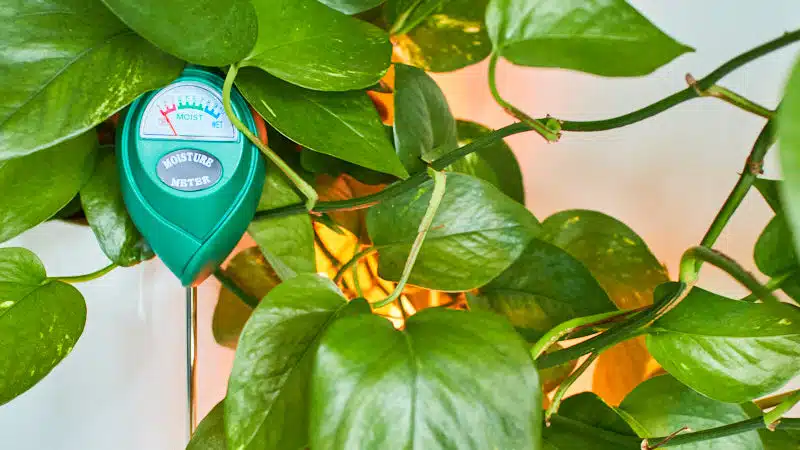
Prevents Over and Under Watering
By using a soil moisture meter, you will be able to ensure that your houseplants are getting the right amount of water, preventing over and underwatering.
Promotes Healthy Growth
By using a soil moisture meter, you will be providing your plants with the optimal environment for growth, leading to healthier and happier plants.
Saves Time and Money
By using a soil moisture meter, you will avoid the cost of replacing dead plants.
In conclusion, using a soil moisture meter is an easy and effective way to ensure that your houseplants are getting the right amount of water. By following the simple steps mentioned above, you will be able to prevent over and underwatering, save time and money, and promote healthy growth. So, go ahead and get yourself a soil moisture meter, and become a green-thumbed plant parent in no time!



